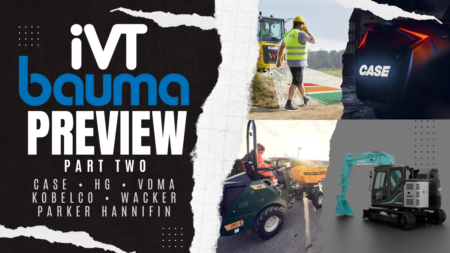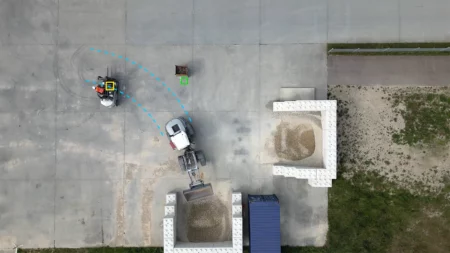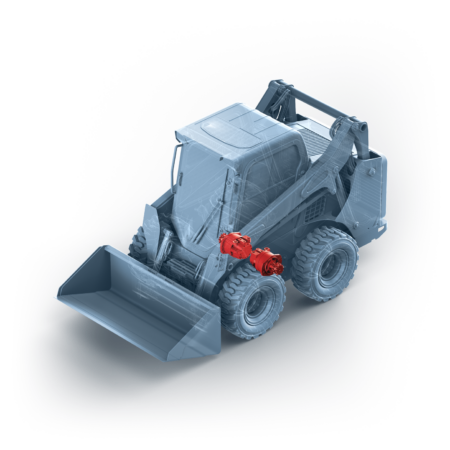Fifty years after opening his small welding shop, Jon Kinzenbaw, founder, president and CEO of Kinze Manufacturing (left), has been inducted into the Association of Equipment Manufacturers (AEM) Hall of Fame. The AEM Hall of Fame honors individuals in the off-road equipment industry, pioneers who have advanced the industry through their inventions, management and leadership.
Kinze’s early innovations were largely influenced by Kinzenbaw and his innovative spirit. Since its founding in 1965, Kinze’s innovations have blazed the trail in agricultural equipment manufacturing. From its first 435-bushel two-wheel grain auger cart and the very first rear-fold planter, to the first commercially available electric drive multi-hybrid planter, Kinze innovations continue to break the mold.
Kinzenbaw’s legacy has been established through his business model, devoted to developing new ways to make life easier for farmers. Through this legacy, what started 50 years ago as a small welding shop in Iowa, USA, has become one of the most recognized agricultural equipment manufacturers in the country.
“Fifty years ago I started this company based on five core principles,” said Kinzenbaw. “Through innovation, integrity, excellence, customer focus and mutual respect, Kinze has achieved great things. I am proud of this great company, and am extremely honored to be included among an inspiring group of my peers.”
With only $25 in his pocket and a small bank loan, Kinzenbaw opened his own welding shop in Ladora, Iowa, in 1965. Though he had a gift for fixing things, no one could have predicted his welding business would one day grow into one of the largest privately held agricultural equipment manufacturers in North America.
The first product Kinzenbaw manufactured and sold was a 13-knife, 30-foot anhydrous ammonia application toolbar. His first patent was for a high-clearance, variable-width moldboard plow.
In 1971, Kinze introduced its first 435-bushel two-wheel grain auger cart. This design set a new higher standard for speed and performance in grain handling. In 1975, it was the urging of local farmers, who wondered why a planter couldn’t be “folded up” that inspired Kinzenbaw to develop the first rear-fold planter. “There is nothing more powerful than a satisfied customer. That first rear-fold planter we built sold 20 more. Those next 20 sold an additional 80. And that’s the way it happens,” said Kinzenbaw.
In 1976, Kinze moved to its current location in Williamsburg, Iowa, to begin the next chapter in innovation. For a full timeline of Kinze innovations and products, visit kinze.com.
“I am proud of Kinze’s reputation for being a company known for its innovative spirit,” said Kinzenbaw. “I am thrilled at all we have accomplished so far and very excited for all the great Kinze innovations yet to come.”
November 6, 2015




